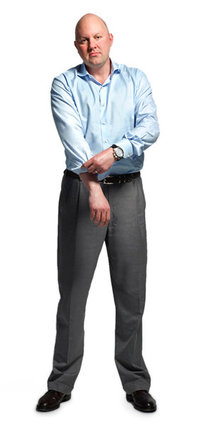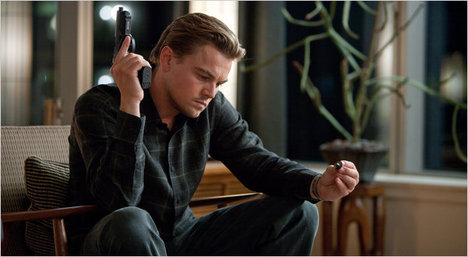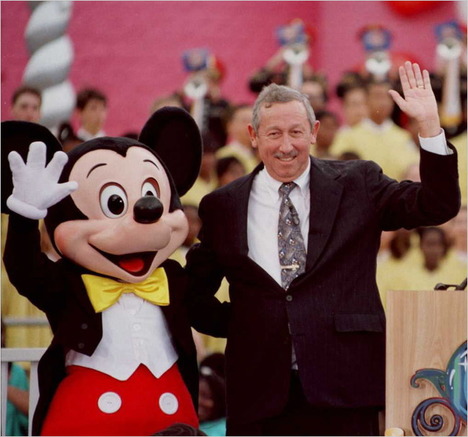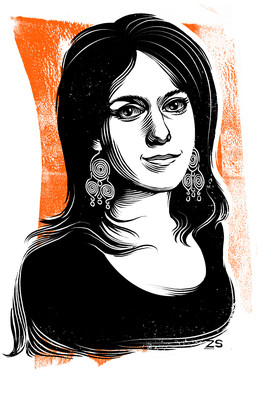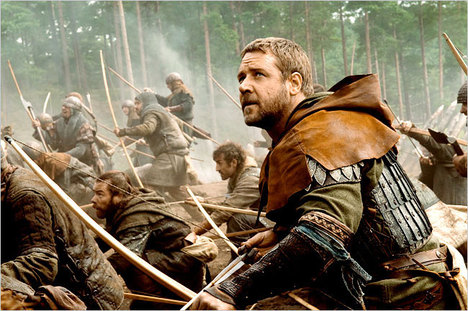Marc Andreessen. Source of photo: online version of the NYT article quoted and cited below.
(p. 13) After hearing a story about Foursquare’s co-founder, Dennis Crowley, walking into a press event in athletic wear and eating a banana, I developed a theory that bubbles might be predicted by fashion: when tech founders can’t be bothered to appear businesslike, the power has shifted too much in their favor.
Believe it or not, this goes deep into the interior mentality of the engineer, which is very truth-oriented. When you’re dealing with machines or anything that you build, it either works or it doesn’t, no matter how good of a salesman you are. So engineers not only don’t care about the surface appearance, but they view attempts to kind of be fake on the surface as fundamentally dishonest.
That reminds me of Mark Zuckerberg’s criticism of ”The Social Network.” He said that ”filmmakers can’t get their head around the idea that someone might build something because they like building things.”
Aaron Sorkin was completely unable to understand the actual psychology of Mark or of Facebook. He can’t conceive of a world where social status or getting laid or, for that matter, doing drugs, is not the most important thing.
For the full interview, see:
ANDREW GOLDMAN. “TALK; Bubble? What Bubble? Marc Andreessen, one of Silicon Valley’s biggest venture capitalists, has no fear.” The New York Times Magazine (Sun., July 10, 2011): 13.
(Note: bold in original, indicating comments/questions by interviewer Andrew Goldman.)
(Note: the online version of the interview is dated July 7, 2011 (sic).)

